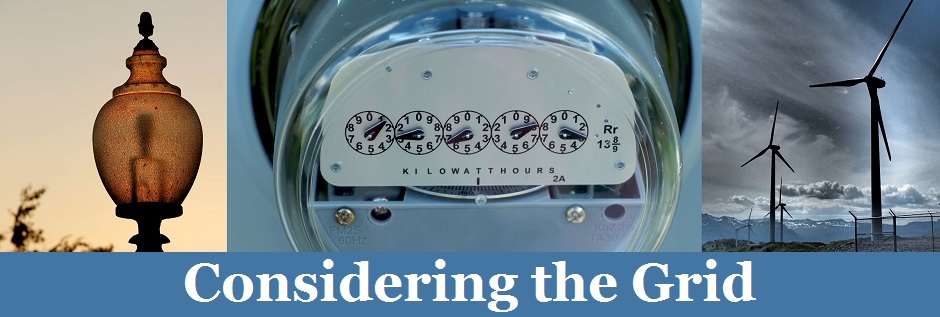The Midcontinent Independent System Operator (MISO) predicts that efforts to reduce utility-sector emissions will result in major coal retirements in the future and the need for significant changes in renewable development, regardless of the fate of the CPP in the courts. The findings, presented at MISO’s March 16, 2016 Planning Advisory Committee meeting, are the results of the next phase of MISO’s CPP analysis. While the study’s initial phase focused on the specific emissions reduction targets and compliance options associated with the CPP, MISO’s midterm analysis takes a broader tack, aimed at understanding impacts on generation and transmission under various emissions reduction scenarios. The analysis presented last week focuses primarily on issues associated with coal retirements and renewable build-out.
MISO modeled three different emissions reduction scenarios—partial CPP (17% decrease in 2030 emissions from 2005 levels), final CPP (34% decrease in emissions from 2005 levels), and accelerated CPP (43% decrease in 2030 emissions from 2005 levels)—and analyzed expected coal capacity retirements under each. According to MISO’s analysis, costs would be minimized under the partial, final, and accelerated CPP scenarios where the coal retirement level is 8-11 gigawatts (GW), 16-21 GW, and 24-30 GW, respectively. However, even under the partial CPP case, MISO predicts total costs will exceed $238 billion.
MISO’s analysis also discussed key results of a study analyzing transmission and resource expansion driven by carbon emissions reduction targets performed by Vibrant Clean Energy. The study modeled 30% reduction of carbon dioxide emissions in the MISO footprint from 2005 levels by 2030, 50% by 2036, and 80% by 2050. Takeaways include:
- While the current MISO resource mix can be re-dispatched to meet a 30% emissions reduction target when complemented with modest wind and solar build-out, the need for additional wind and solar build-out significantly increases as the reduction target becomes more stringent.
- Increasingly stringent reduction targets are expected to drive coal capacity off the system at roughly the same rate regardless of the rate at which transmission infrastructure in the region is expanded. Natural gas capacity trends were also not expected to be impacted by transmission expansion.
- Expansion of transmission infrastructure will facilitate deployment of renewables across the MISO region.
MISO intends to utilize the results of its study to inform transmission expansion planning efforts moving forward, and plans to discuss how to do so at its upcoming MTEP17 Futures Development Workshop on March 30, 2016.

